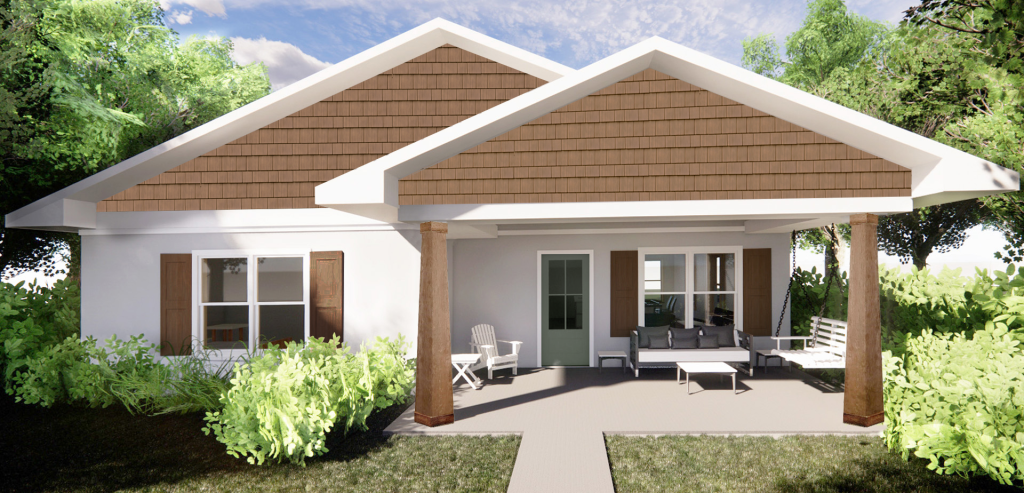For many communities across the country, Habitat for Humanity is a cornerstone organization that helps equalize the balance between different socioeconomic groups. With practices like sweat equity, mortgage payment capping, Habitat for Humanity creates opportunities for those who desire to be homeowners but cannot access traditional resources to do so. Now, the organization is working with 3D printing company Alquist to bring more efficient and economically beneficial practices to homebuilding.
Habitat for Humanity is building its first 3D printed home on the East Coast in Williamsburg, Virginia. This will be the second 3D printed home project Habitat has done with the first being in Tempe, Arizona. Alquist also has more 3D-printed home projects in Virginia in its pipeline after partnering up with both Virginia Tech and Virginia Housing.
The 3D-printed homes that Alquist has partnered with Habitat Humanity to create are made from durable concrete, and are created with a ‘Build on Demand’ (BOD) gantry system. The material was chosen because it is suitable for long-term use, is efficient for climate control, and stands up well to common eastern seaboard weather including hurricanes and tornadoes. Each home will also include a monitoring system that can keep track of the environment, security, and data from the home itself.
Can 3D printed homes be a real solution to the housing crisis?
One of the biggest potential benefits of using a 3D printing process to build homes is the speed of the build. Homes that are printed can be done in around half the time as traditionally-built homes. Walls that would normally take weeks (or months) to be built using traditional methods can go up in days.
The above timelapse shows the BOD2 in action, 3D printing The BOD building a second time. It took 28,5 hours spread over 3 days.
Another benefit to 3D printing, as opposed to a traditional build process, is the cost. The lower cost of 3D printing homes creates more home buying power for different economic groups that have been pushed out of the market due to rising home prices.
While 3D-printed "tiny" homes have recently made the news all across the country, Habitat for Humanity and Alquist are going beyond that. These homes will be much larger — up to 1,200 square feet with three bedrooms and two full bathrooms. They are designed for families to be able to live comfortably. They will also meet the EarthCraft standards that Habitat uses for new builds. EarthCraft ensures homes are healthy, comfortable, have a low utility cost, and reduce environmental impact. Like other Habitat homes, they will be designed to promote a healthy debt to income ratio meaning that the no-interest mortgage payments will be no more than 30% of their income.
More opportunities are coming for 3D-printed homes around the country. In addition to the opportunities already in place in Virginia, Alquist has projects coming in rural areas of Arkansas, California, Iowa, North Carolina, North Dakota, and Pennsylvania.
As the technology for 3D printing homes becomes more widespread, there is potential for it to make a real impact on affordable housing.






